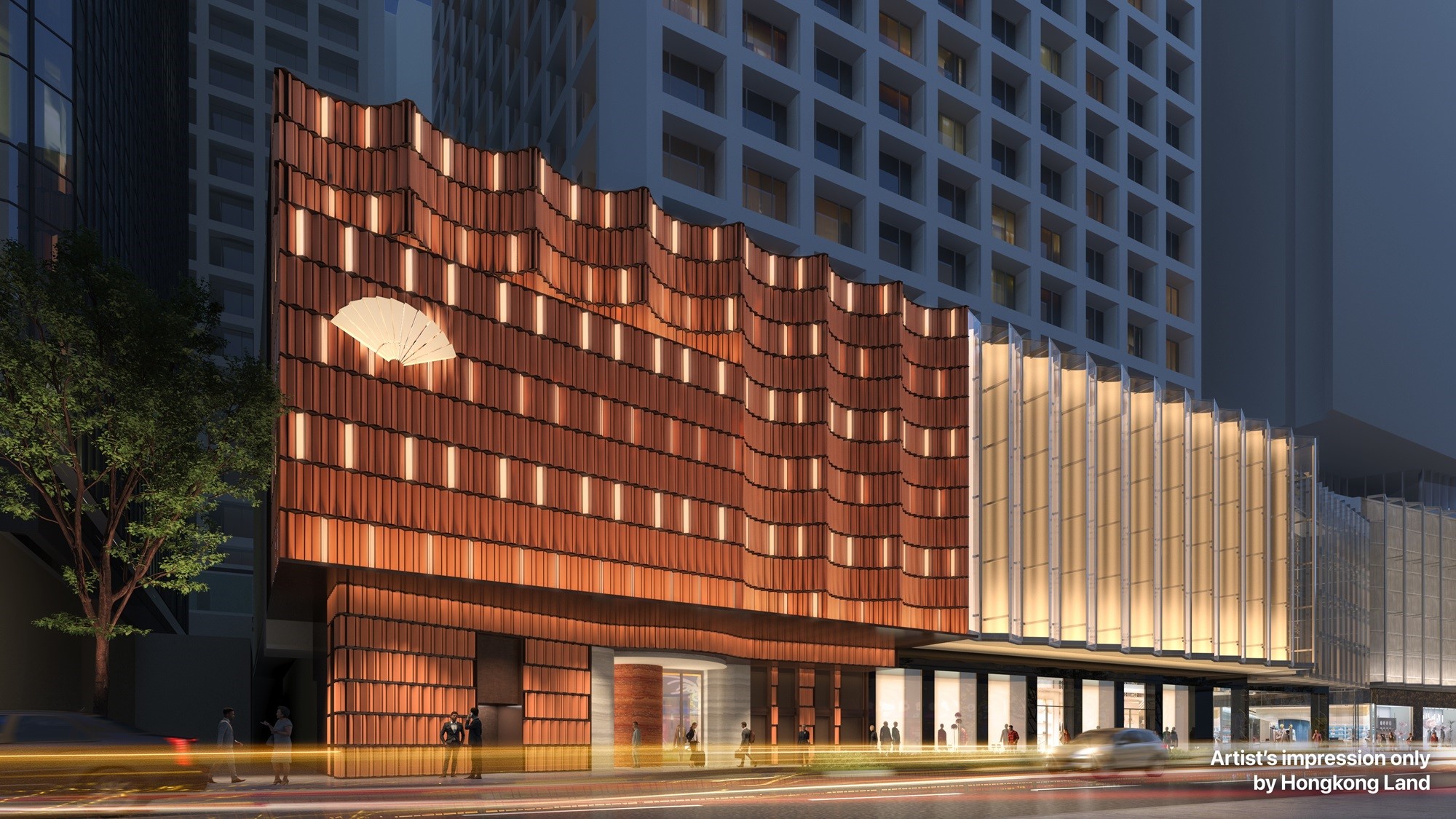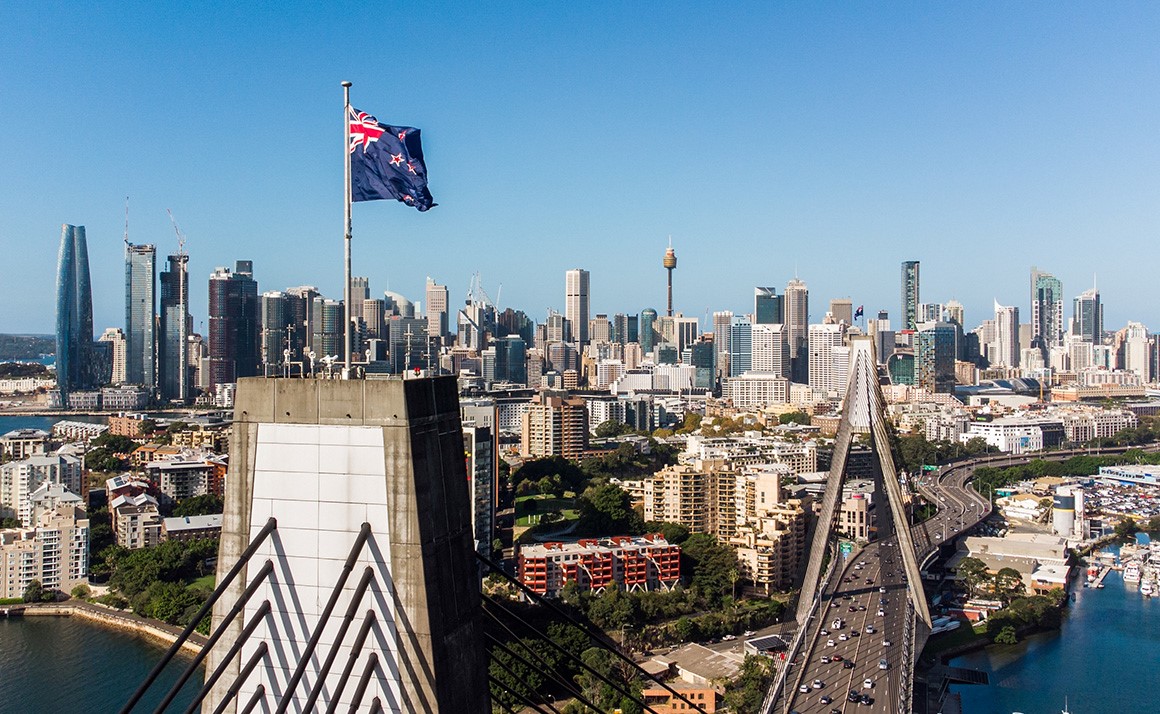
Investors target hospitality amidst sunny outlook for APAC tourism
Discover how real estate investors are seizing opportunities in Asia Pacific’s thriving hospitality sector as tourism rebounds beyond pre-pandemic levels.
Real estate investors are picking up hospitality assets in Asia Pacific as tourism in the region recovers and, in some cases, surpasses pre-pandemic levels.
Data from MSCI show acquisitions of hotel properties rose 22% year-on-year to $7.8 billion in the first half of this year, by far the best performance of any real estate sector.
Simon Smith, Head of Asia Pacific Research & Consultancy at Savills, says: “Real estate investors have bought into the strong post-pandemic recovery in most markets, but also into the prospects of future growth across the region.
“The present recovery has been achieved despite lower numbers of Chinese tourists in the region, suggesting further growth as Chinese tourism recovers. Additionally, more outbound tourists from India and other growing economies are expected.”
Japan has been a notable post-covid success: the number of inbound tourists was 17.8 million in the first half of 2024, 7% greater than the same period in 2019 and total spending was up 34%.
The recovery has been so strong that some busy areas, such as Tokyo and Kyoto, have seen complaints about ‘overtourism’. However, Tetsuya Kaneko, Head of Japan Research & Consultancy points out that the problem only affects a few areas in a handful of prefectures.
“Many others would gladly welcome more tourists,” he says. “Japan has many areas relatively unknown to international audiences which have the potential to attract tourists.”
Investor confidence in Japan hospitality real estate is high: first half investment volumes this year were up 50% from 2023 to more than ¥400 billion ($2.75 billion), with interest from foreign investors and domestic real estate investment trusts REITs).
China has not seen a recovery in international visitors, however domestic tourism is ahead of pre-pandemic levels. Ministry of Tourism & Culture data show first half domestic tourism visits were up 14.3% year-on-year, while spending rose 19%.
Hotel companies continue to expand; in August Hilton opened its 700th hotel in China, the Conrad Chongqing. This came less than a year after opening its 600th. Real estate investors have taken note; the hotel sector recorded the largest increase in transaction value of any sector this year, up 79% year-on-year in the 12 months to June 15.
Hong Kong, however, continues to suffer due to a lack of tourists from Mainland China and the rest of the world. First half visitor numbers were 21.15 million, compared with 34 million for the whole of 2023. However, recovery to the 55-65 million levels of 2013-2018 looks far away.
Southeast Asia tourism continues to recover strongly, despite subdued Chinese tourism. Thailand has made visa-free travel available to both Chinese and Indian tourists, which helped boost visitor numbers to 17.5 million in the first half of this year, putting the country on track to match the 40 million visitors received in 2019.
Vietnam (pictured above), meanwhile, is already ahead of 2019, with 8.8 million visitors in the first half of this year, up 60% on 2023 and 4.1% on 2019. This puts the nation on track to achieve the government’s target of 35 million visitors by 2030, suggesting significant potential in hospitality.
Australian visitor numbers have not yet recovered to 2019 levels, however hotel revenue per room, a key performance metric for the sector, has bounced back sharply and is 23% above 2019 levels across Australia, reflecting demand from both domestic and international tourists.
Further reading:
Japan Hospitality – August 2024
Contact Us:
Simon Smith



